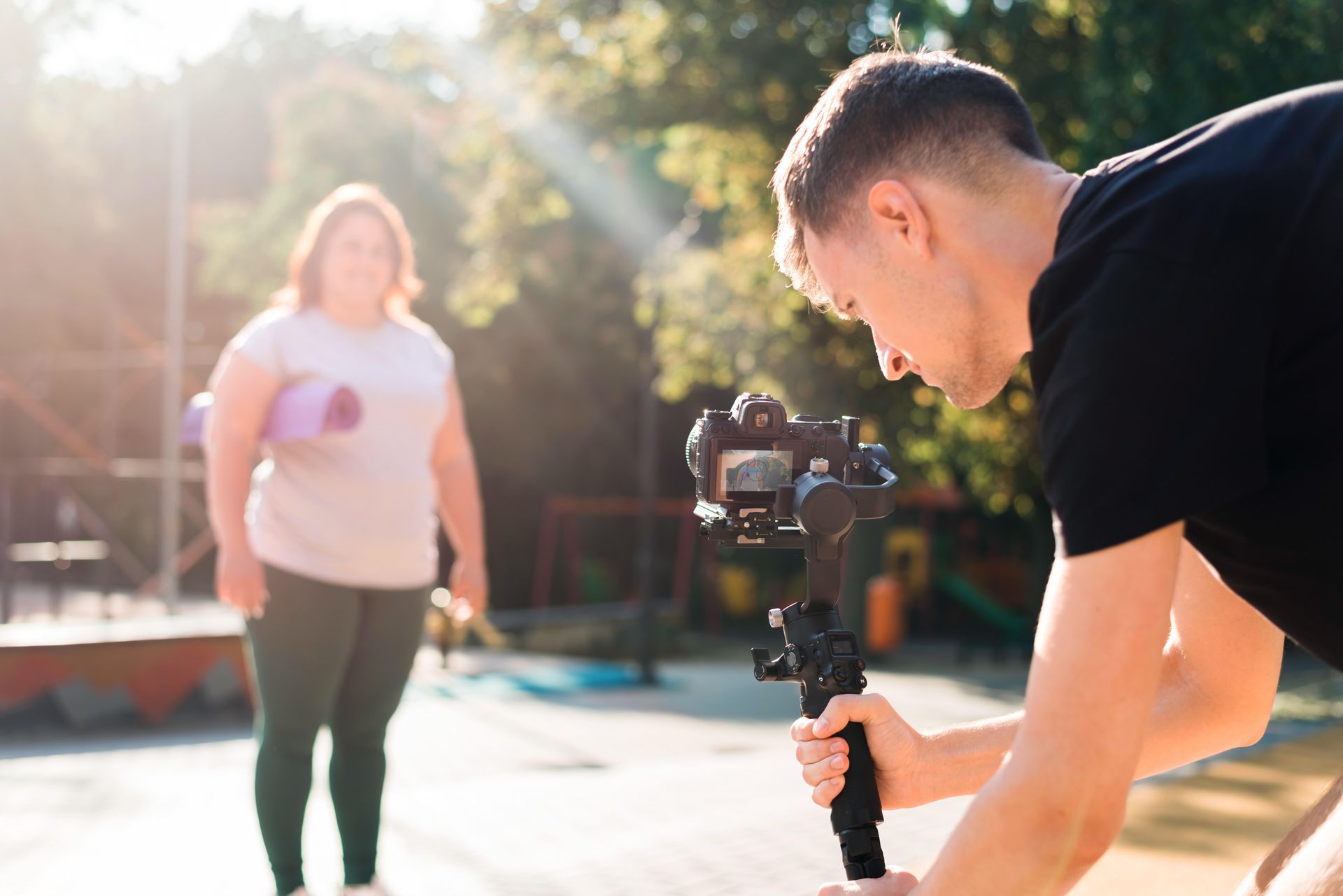5 Editing Tips to Make Your Photos Stand Out
Editing is where the magic happens in photography. A well-edited photo can enhance colors, correct imperfections, and bring out the best in your subject. Here are five essential editing tips to make your photos pop:

1. Adjust Exposure and Contrast for a Balanced Look
Sometimes, even well-shot photos need a little brightness boost. Use exposure adjustments to correct lighting and contrast to add depth. Increasing contrast makes highlights brighter and shadows darker, giving your image a more dynamic feel.
Tip: Avoid overexposing highlights, as details in bright areas are hard to recover.
2. Enhance Colors with Vibrance and Saturation
Vibrance boosts the intensity of muted colors without oversaturating skin tones, while saturation increases all colors equally. Use vibrance to make colors pop naturally, and tweak saturation sparingly to avoid unnatural hues.
Tip: Too much saturation can make your image look artificial, so use it in moderation.
3. Sharpen Your Image for Extra Clarity
Sharpening helps define edges and textures, making details stand out. Most editing software has a sharpening tool—just don’t overdo it, or your photo may look grainy.
Tip: Use selective sharpening on key areas like eyes in portraits or textures in landscapes to draw attention.
4. Use Dodge and Burn to Add Depth
Dodging (brightening) and burning (darkening) allow you to enhance specific areas of your photo. Brighten highlights to create emphasis and darken shadows to add depth, creating a more dramatic and professional look.
Tip: Apply these adjustments with a soft brush to keep the changes subtle and natural.
5. Remove Distractions with Spot Healing & Cloning
Small distractions like blemishes, dust spots, or unwanted objects can take away from your photo. The spot healing or clone stamp tool can help clean up these imperfections seamlessly.
Tip: Be careful with complex backgrounds—over-editing can create unnatural-looking patches.
Final Thoughts
Editing should enhance, not overpower, your photos. Keep your adjustments natural and subtle to create professional-looking images that stand out. Whether you’re working with portraits, landscapes, or product photography, these five tips will help take your edits to the next level.
Would you like recommendations on specific editing software to use?







We Don't Just Capture Moments, We Create Lasting Memories.
Based in New York | Travel Worldwide

AREAS WE SERVE
SERVICES
All Rights Reserved | AlphaScape Studios